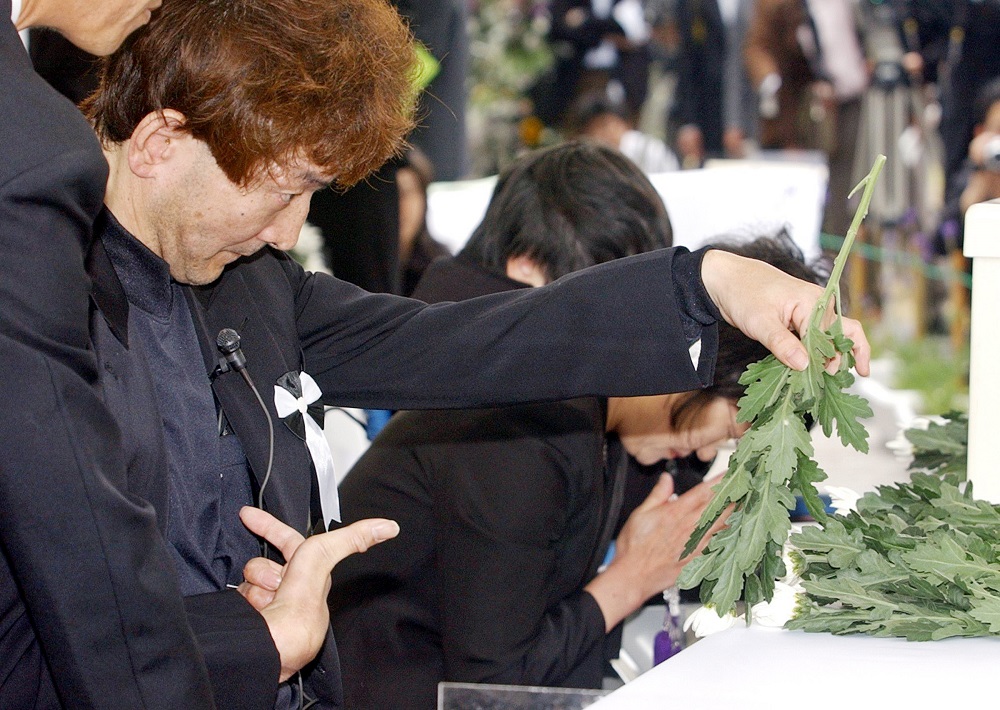
- ARAB NEWS
- 28 Apr 2024

FUKUOKA: Fukuoka High Court on Friday declined to recognize eight plaintiffs as sufferers of Minamata disease, rejecting their demand for a total of some 300 million yen in damages from the Japanese government and other defendants.
The plaintiffs plan to file an appeal with the Supreme Court. In the lawsuit, the eight members of a Minamata disease-related mutual-aid group claimed that they had been damaged by methylmercury pollution during the fetal stage or childhood. They demanded damages from the central government, Kumamoto Prefecture, southwestern Japan, and chemical maker Chisso Corp., which caused the pollution.
According to the suit, the plaintiffs were born in Kumamoto or neighboring Kagoshima Prefecture between 1953 and 1960. They claimed to have been exposed to methylmercury through the intake of polluted seafood. The plaintiffs said they suffer from sensory-impairment unique to Minamata disease, as well as headaches and dizziness.
One male plaintiff, with serious symptoms, demanded some 190 million yen in damages, while the other seven each sought 17 million yen including the minimum lump-sum payment by Chisso to recognized sufferers.
Presiding Judge Kazuto Nishii ruled that the sensory impairment is not a symptom seen only in Minamata disease sufferers and that other factors such as eating habits and family health conditions should be considered comprehensively as long as other diseases may be behind the condition.
Nishii said that two of the eight plaintiffs may have been exposed to high concentrations of methylmercury, but denied a causal link between the exposures and their sensory impairments. For the other six, Nishii did not recognize their exposure to concentrated methylmercury.
The high court decision overturned a lower court ruling, in which three of the eight plaintiffs were recognized as suffering from Minamata disease and awarded compensation ranging from 2.2 million yen to 105 million yen for a total of about 110 million yen.
In the 2014 Kumamoto District Court ruling, two of the three plaintiffs were recognized as Minamata disease sufferers based on other members in their families also being recognized as patients. The male plaintiff was recognized due to the severity of his symptoms, despite not having family members recognized as Minamata disease patients.
Lawyers for the plaintiffs criticized the latest ruling at a press conference, saying that the high court did not clarify the standards on what kinds of symptoms one must have to be recognized as suffering from Minamata disease.
JIJI Press